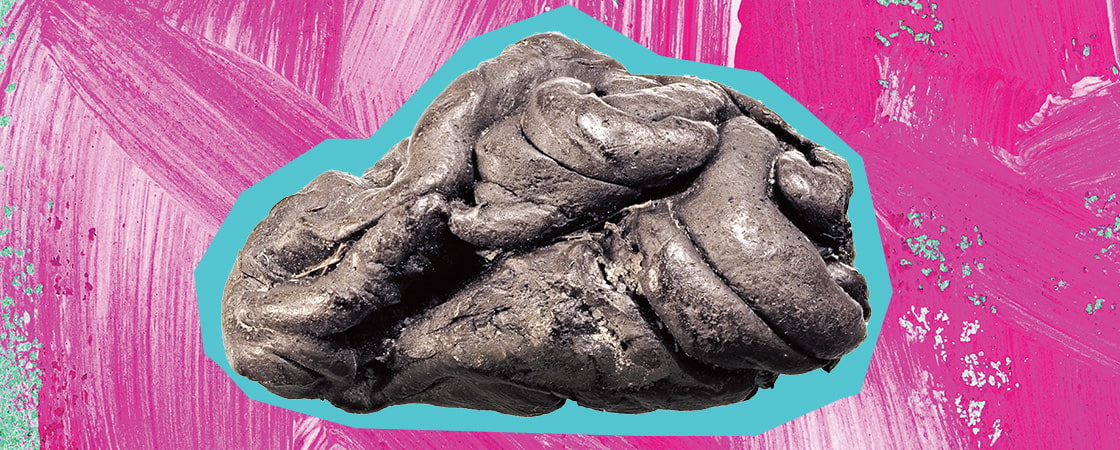Imagine this: You’ve just finished eating a tuna sandwich, and you pop a stick of gum in your mouth. As you chew, a pleasant burst of mint cools your taste buds. Eventually, the flavor fades and the gum hardens. Blech! You spit it out in a trash can.
Months pass. Years. Centuries.
Now imagine that people in the distant future discover it. By then, it’s just a hard lump. These future humans are curious, so they study it carefully. Turns out, your gross old gum tells them all about you—where you lived, the color of your eyes, even that you’d eaten that tuna sandwich.
Today’s researchers are gleaning just this sort of information from a blob of ancient gum found on Lolland, an island in Denmark. Some 5,700 years ago, someone chewed that gum and spit it out. Researchers named that person Lola. And now Lola’s gum is shedding light on many mysteries about humans in the distant past.

